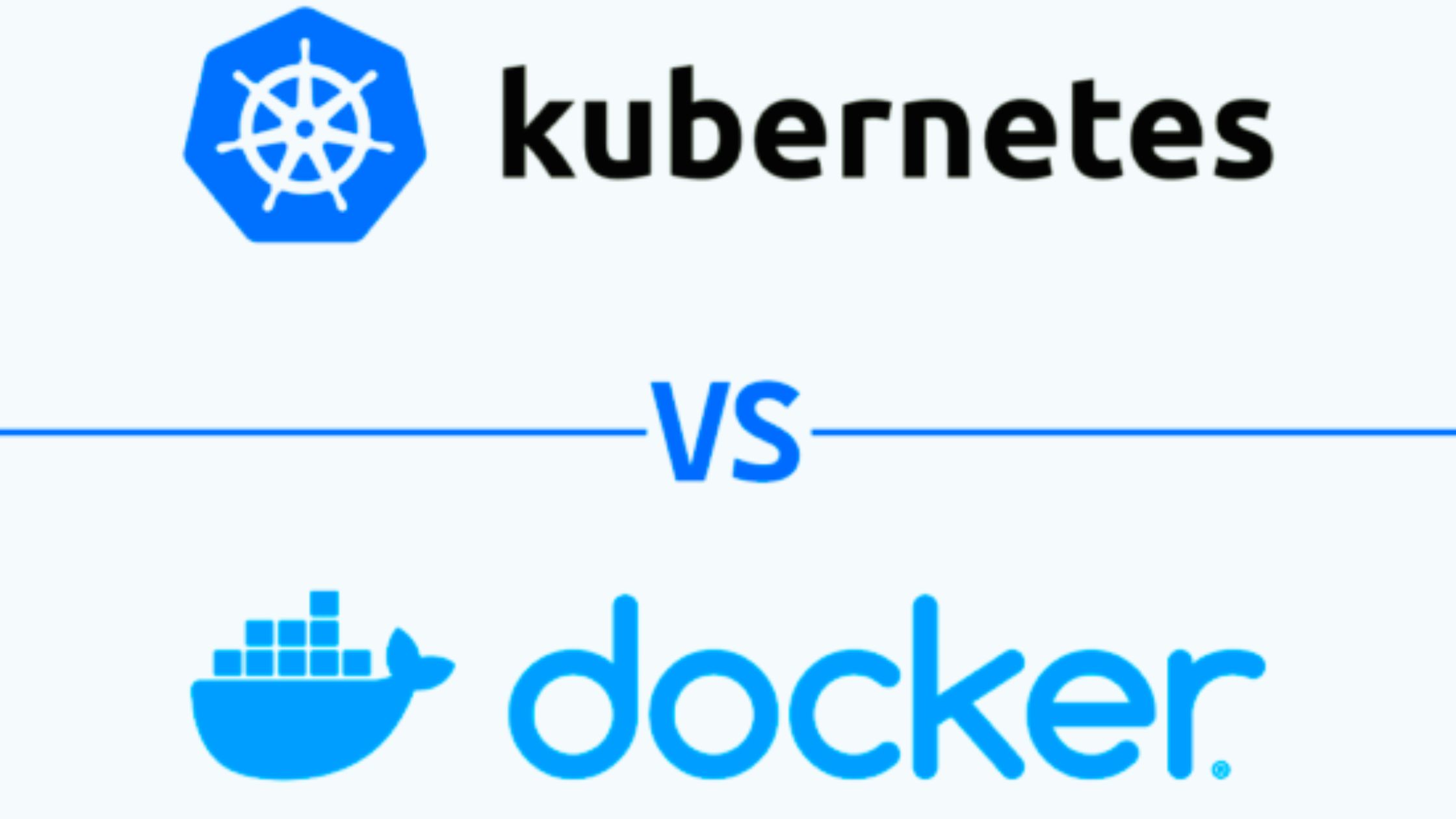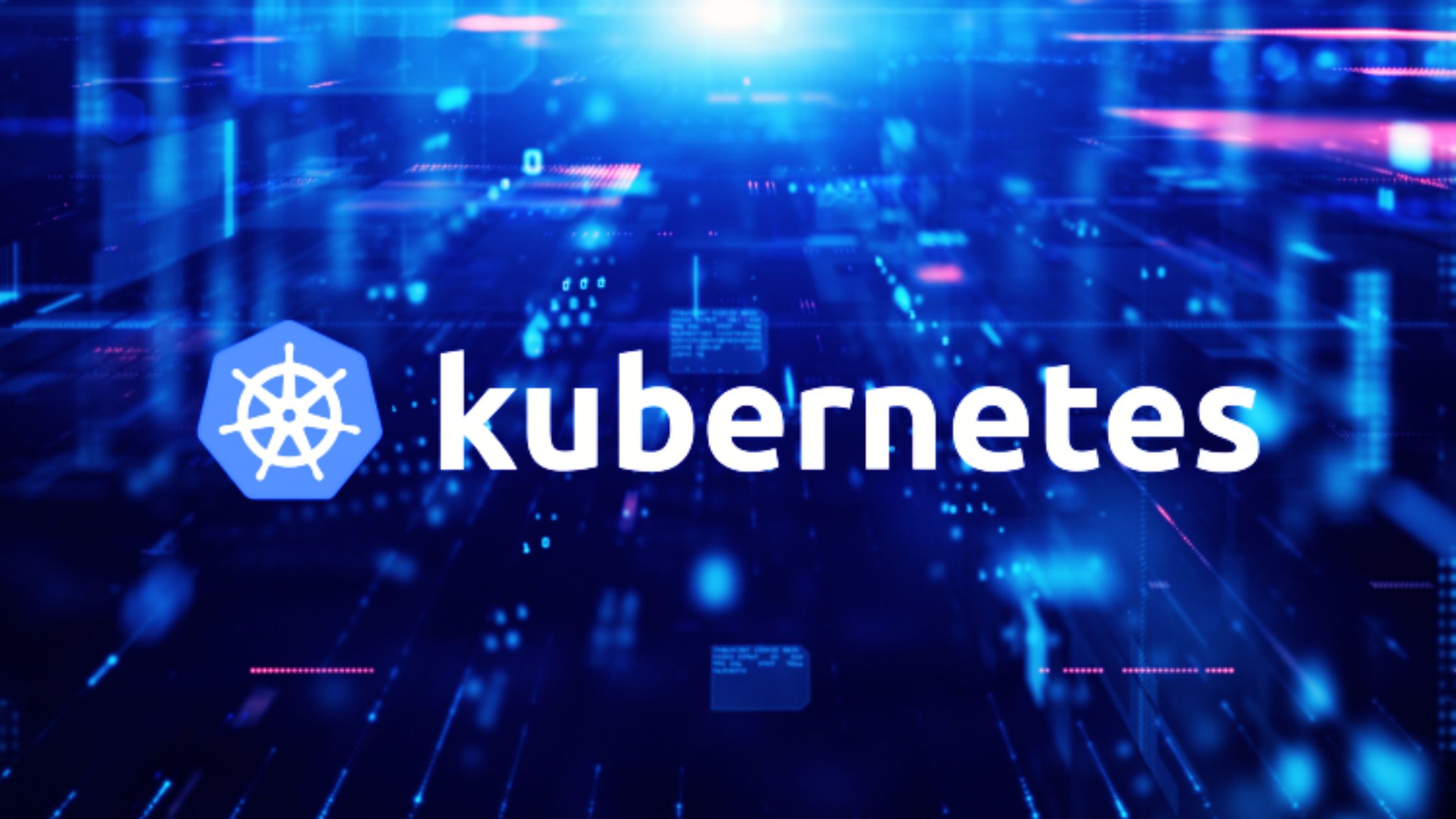MODIFIED ON: June 21, 2023 / ALIGNMINDS TECHNOLOGIES / 0 COMMENTS

Introduction
Containerization has revolutionized the way organizations manage their IT infrastructure. With the rise of technologies like Docker and Kubernetes, businesses can achieve greater efficiency, scalability, and flexibility in their infrastructure management. Containerization is the process of encapsulating an application and its dependencies into a lightweight, isolated unit known as a container. These containers provide a consistent and portable environment for software to run, ensuring that it behaves the same regardless of the underlying infrastructure.
Efficient infrastructure management plays a crucial role in optimizing resource utilization, reducing costs, and enabling seamless scalability.
In this article, we will delve into containerization, explore how Docker and Kubernetes are reshaping the landscape of efficient infrastructure management and how should you choose the best IT infrastructure management system for your business.
Understanding Docker
Docker is a popular containerization platform that allows developers to build, package, and distribute applications as containers. With Docker, applications and their dependencies are bundled together, eliminating compatibility issues and ensuring consistent behaviour across different environments. Docker provides numerous benefits for efficient infrastructure management. Such as;
Portability: Docker containers regulate on systems that supports Docker and can be easily deployed across various environments.
Isolation: Containers provide isolation between applications, preventing conflicts and allowing multiple applications to run concurrently on the same host.
Scalability: Docker enables horizontal scalability by allowing the replication of containers across multiple hosts, making it easier to handle increased workloads.
Version control: Docker allows developers to manage different versions of an application, making it effortless to roll back or update to a specific version when needed.
Docker has gained widespread adoption due to its versatility and ease of use. It finds application in various scenarios, such as micro services architecture, continuous integration and delivery (CI/CD) and development environments.
Exploring Kubernetes

While Docker focuses on container creation and management, Kubernetes takes container orchestration to the next level. Being an open-source platform, Kubernetes automates the deployment, scaling, and management of containerized applications. It offers numerous advantages for efficient infrastructure management. Those are;
Automatic scaling: Kubernetes can automatically scale applications based on resource usage, ensuring optimal performance and resource utilization.
High availability: Kubernetes provides features like load balancing and automatic container restarts, ensuring high availability of applications.
Self-healing: Kubernetes also monitors containers health as well as automatically replaces failed ones, which in return enhances the reliability of the applications.
Service discovery and load balancing: Kubernetes offers built-in mechanisms for service discovery and load balancing, making it easier to expose applications and distribute traffic.
Kubernetes is widely adopted in production environments and offers a robust solution for managing complex containerized applications at scale.
Docker vs. Kubernetes

While Docker and Kubernetes serve different purposes, they complement each other in the containerization ecosystem. Docker focuses on building and packaging applications into containers, while Kubernetes takes care of orchestration and management.
When deciding which tool to use, several factors come into play:
Application complexity: For simpler applications or development environments, Docker alone might suffice. However, as the application grows in complexity and requires scalability, Kubernetes becomes more relevant.
Orchestration needs: If you require advanced features like automatic scaling, self-healing, and service discovery, Kubernetes is the go-to solution.
Combined usage: In many cases, organizations use Docker and Kubernetes together. Docker is used to create the containers, while Kubernetes manages the orchestration and deployment of those containers across multiple hosts.
Efficient Infrastructure Management

Containerization, through tools like Docker and Kubernetes, brings several benefits to infrastructure management:
1.Resource utilization: Containers allow efficient utilization of resources, as they share the host’s operating system kernel and only consume the necessary resources to run the application.
2.Cost savings: By optimizing resource usage and allowing better scalability, containerization reduces infrastructure costs, both in terms of hardware and operational expenses.
3.Flexibility and agility: containerization provides the flexibility to deploy and scale applications rapidly. It enables organizations to adapt to changing demands and seize new opportunities quickly.
4.Consistency and reproducibility: With containerization, developers can ensure that their applications run consistently across different environments, minimizing compatibility issues and reducing deployment errors.
In Conclusion
Containerization, powered by Docker and Kubernetes, has transformed the way organizations manage their infrastructure. By encapsulating applications into containers, businesses can achieve greater efficiency, scalability, and flexibility in their infrastructure management.
Docker simplifies the process of container creation, while Kubernetes handles the orchestration and management of those containers. Embracing containerization can lead to significant improvements in resource utilization, cost savings, and application scalability. Moreover, containerization has gained traction globally, and several success stories highlight its impact on infrastructure management. In India, businesses have leveraged containerization to scale their applications and improve time-to-market. Similarly, in Kenya, containerization has enabled startups to build scalable and cost-effective solutions. While, the US has witnessed the adoption of containerization by enterprises, enhancing their ability to deliver reliable and scalable services!
So, if you are also in need of efficient Infrastructure Management in India | Kenya | US look no further than Alignminds!
With our expertise and experience, we can help businesses optimize their infrastructure, embrace containerization with tools like Docker and Kubernetes, and drive innovation.
Whether you are a startup, a small-scale business, or an enterprise, Alignminds offers tailored solutions to meet your infrastructure management needs.
Contact us today and let us empower your business with seamless and scalable infrastructure management solutions.
FAQs
Still have questions? We have listed some of the most frequently asked questions below:
Q1: How does containerization improve infrastructure management?
Containerization improves infrastructure management by providing a lightweight and portable environment for applications to run consistently across different environments. It optimizes resource utilization, reduces costs, and enables seamless scalability.
Q2: Is Docker suitable for small-scale applications?
Yes, Docker is suitable for small-scale applications as it provides benefits like portability, isolation, and version control. It allows developers to package and distribute applications with ease, regardless of the underlying infrastructure.
Q3: Can Kubernetes be used without Docker?
While Kubernetes was originally designed to work with Docker, it can now support other container runtimes as well. Kubernetes relies on the container runtime interface (CRI), which allows different container runtimes to be used interchangeably.
Q4: What are the security considerations for containerization?
When adopting containerization, security considerations include securing the container images, implementing access controls, monitoring container behavior, and ensuring the security of container orchestrators like Kubernetes.
Q5: How can businesses adopt containerization in their infrastructure management?
Businesses can adopt containerization by assessing their infrastructure needs, evaluating suitable containerization tools like Docker and Kubernetes, and gradually migrating their applications to a containerized environment. It is important to plan the adoption process carefully and consider the impact on existing workflows and infrastructure.
For more doubts and details, book a free consultation today!
Leave a reply
Your email address will not be published.
-
Recent Posts
- The Role of AI in Business Growth: Top Trends for 2025 and Beyond
- The Evolution of Voice Search in AI: What’s Next for 2025?
- How to Hire an AI Developer: A Complete Guide 2025
- Top 10 Android App Development Trends in 2025
- Top Trends in Product Modernization for 2025 and Beyond
-
Categories
- MVP Development (5)
- AlignMinds (56)
- Operating Systems (1)
- Android POS (3)
- Application Hosting (1)
- Artificial Intelligence (49)
- Big Data (2)
- Blockchain (1)
- Cloud Application Development (8)
- Software Development (39)
- Software Testing (9)
- Strategy & User Experience Design (4)
- Web Application Development (28)
- Cyber Security (6)
- Outsourcing (7)
- Programming Languages (3)
- DevOps (5)
- Software Designing (6)
- How to Code (4)
- Internet of Things (1)
- Machine Learning (2)
- Mobile App Marketing (5)
- Mobile Application Development (25)
- Mobile Applications (11)







